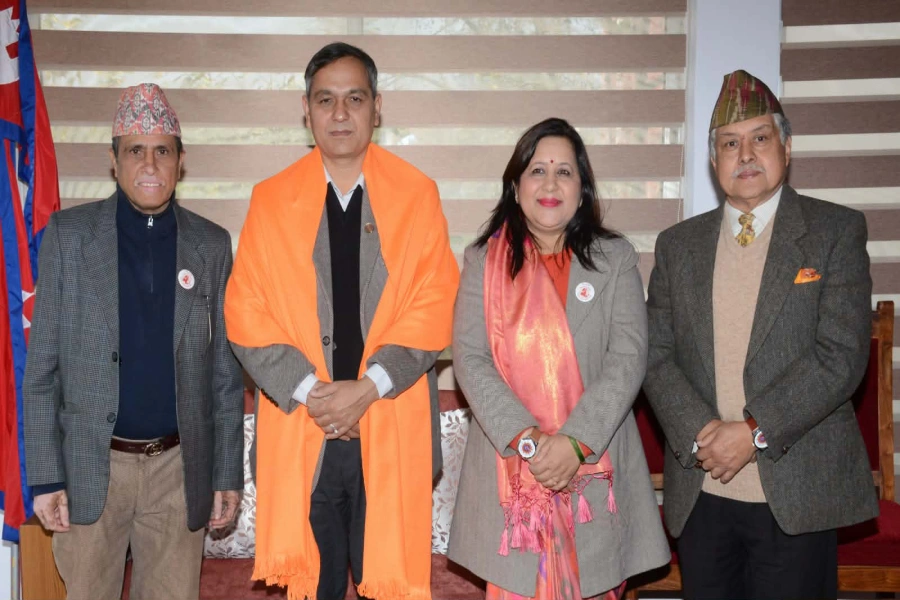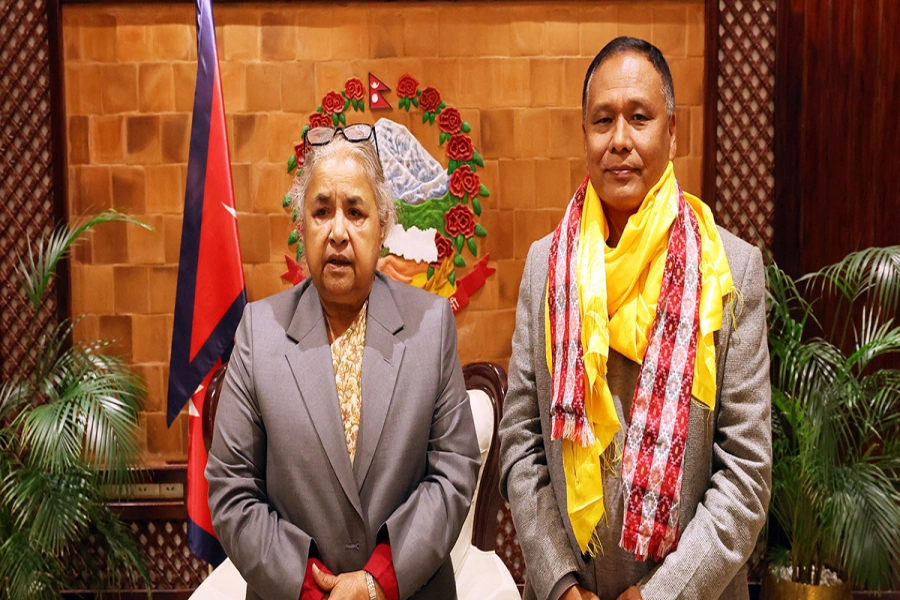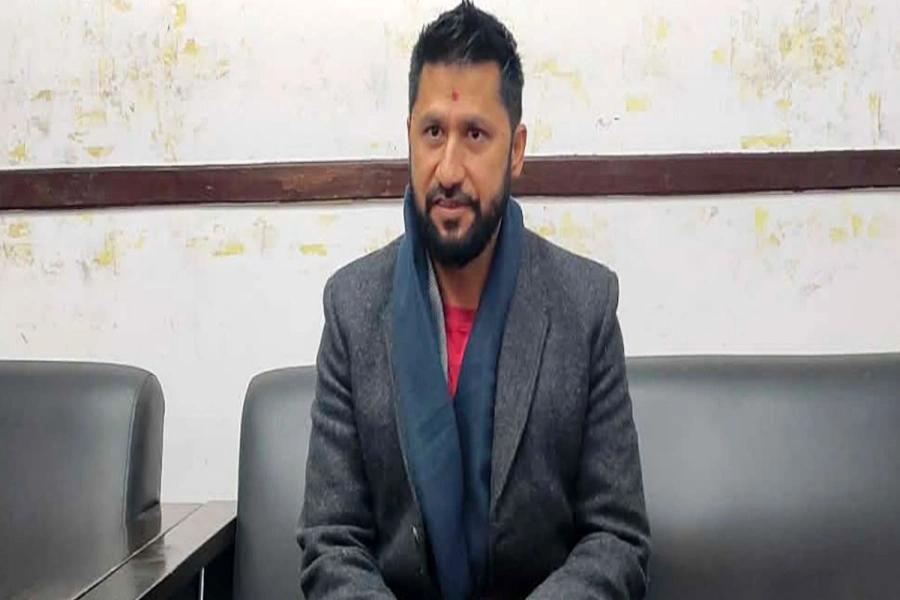His taste in music diversified with his aging experience in Nepali music. Best known for skillfully fusing the classical and pop genres, Shiva Pariyar made his commercial debut as a singer, in 2005 with ‘Mokshya’. Originally from Sarlahi, he initiated his musical journey learning Eastern classical music (Vocal) in 1999. He moved to Kathmandu that year. His acclaimed chartbusters comprise songs like ‘Pilayo Sathi Le’, ‘Kya Daami Bho’, ‘Aasu Ko Artha K Thaha’, ‘Allarey’, and many more. A recipient of Rashtriya Yuba Pratibha Samman (2003) and Narayan Gopal Yuwa Sangeet Puraskar (2013), his recent release ‘Sun ko Maya’ from the album ‘Shivalaya’ has been well received by the music lovers.
In an interview with My City’s Sonam Lama, Pariyar talked about his experience in the Nepali music industry for nearly two decades.
Musically magical anime

What aspect of music do you consider while composing?
Since I am much into composing and singing, I primarily pay attention to the lyrics that I come across. The choice of diction in lyrics very much determines the mood and song composition. The blend of good composition, lyrics and vocals make the melody soothing and powerful. Meanwhile, team work actually counts when you are making music. Therefore, it is necessary that you play your part well in order to make a notable contribution.
In your view, how has the taste and trends in classical music changed over the decades?
Classical music has always been considered a challenging genre, be it in the past or now. Earlier it was more of rehearsal based practice works that hardly received extended platforms to be exhibited. However, it has slightly improved with growing demand and opportunity for the music. The current trend in commercializing music has in a way promoted the work and help sustained the efforts of the classical music enthusiasts. Over the years, professionalism in music has increased vigorously resulting to a healthy competition among the artists.
With many international singing franchises being introduced, how do you observe the growth of Nepali music?
The provided platform definitely marks the era of emerging singers to get the spotlight and flaunt their talents. This is a productive way to promote Nepali music and at the same time acknowledge the singing talents from all across Nepal. However, it is important to take notice that with the rise in number of artists, there should be an increase in diverse platforms including the creation of qualified musical and film production. This could help to maintain a right balance.
There is a cluster of artists with many of them rising to fame overnight, how do you see it affecting the music industry?
I think it is the influence of technology and social media that have led to this scenario in the industry. There is social media hype, but I think continuity and creativity is the key to surviving long in music. Nevertheless the trend in a way has made the field quite competent. With many young and emerging artists rising to fame simultaneously, audiences’ choice for creative composition and quality music have heightened. Nepali music is still in its transitional phase, so persistence is highly demanded to establish a name in the field.




































